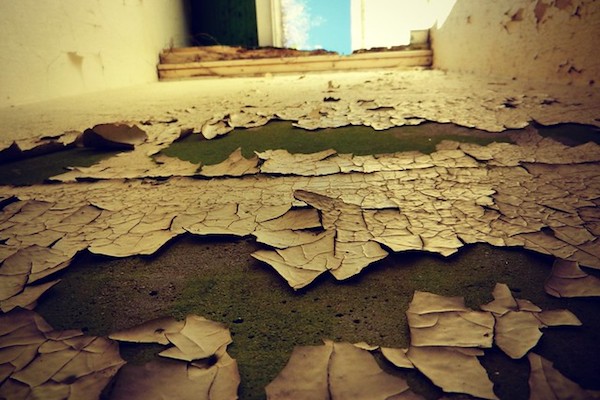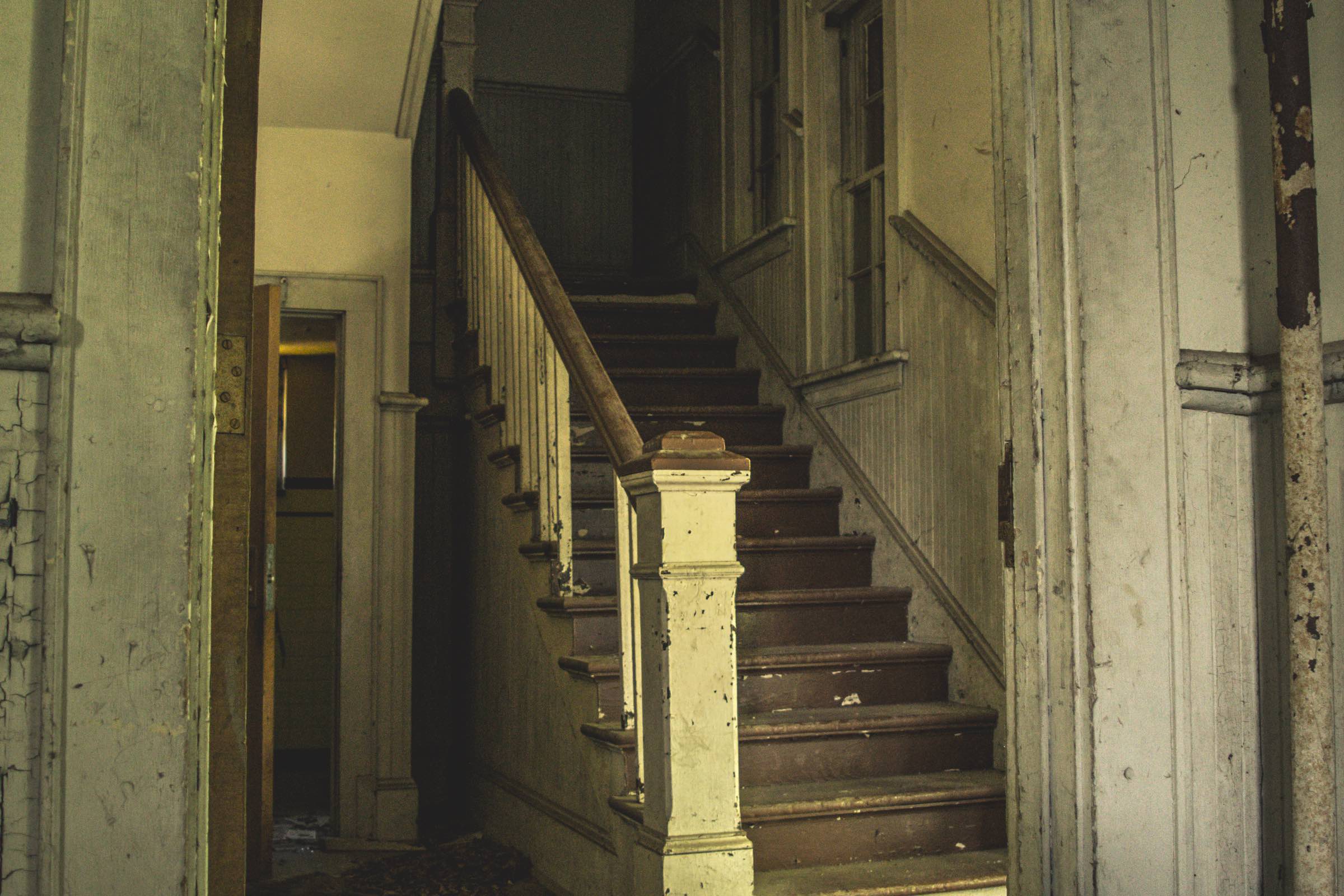Lead in homes presents serious health risks, especially for children or the elderly. In 1978, lead paint was banned for use in homes or condominiums. However, residents that live in homes or condominiums that were constructed or renovated before this time need to be mindful of where lead paint may reside. The same can be said for workers that may disturb lead-based materials while on the job. While lead poisoning is a major risk for children under 3, it can also have serious effects on adults.
Common Lead Poisoning Risks

There are several serious risks associated with lead exposure. Depending on how old one is, or how healthy their immune system is — risk will vary between individuals. Children are most susceptible when it comes to lead poisoning according to the EPA.
Some potential symptoms of lead poisoning for children include but are not limited to:
- Developmental delay
- Loss of appetite
- Weight loss
- Fatigue
- Abdominal pain
- Nausea
- Constipation
- Seizures
Adults also risk serious symptoms such as:
- High blood pressure
- Joint and muscle pain
- Memory difficulties
- Headaches
- Mood disorders
Pregnant women are also at high risk of lead poisoning. Miscarriage, stillbirth or premature birth in pregnant women have occurred due to lead exposure.
Homes with lead can be especially dangerous, as the harmful substance can be tracked unwantedly or unknowingly from worksites into the home. Renovators, construction workers, or anyone that performs activities where lead paint may be disturbed need to be especially aware and trained properly.
What Causes Lead Exposure?
There are actually quite a few ways that lead exposure can occur. As we mentioned, children face the largest obstacles when it comes to lead poisoning. That’s why it’s especially important for mothers to be mindful of possible lead in the home, as prenatal exposure can occur.
There are of course cases of children’s products that have been found to contain dangerous amounts of lead. Certain foods can become contaminated as well. Ceramics or non-household paints can contain lead. Even some cosmetics have trace amounts of lead in them that can be potentially dangerous to a user.
But, the most popular and dangerous source of lead comes from paint. This is why it was banned in 1978 for all homes, children’s toys, and household furniture. The problem is that many homes that were built before lead paint was banned are old and deteriorating, which has caused much of the lead paint to chip away or wear off. This is where it becomes a serious hazard and can lead to exposure by homeowners, children, or workers.
The “fallout” of lead paint deteriorating or loosening can extend even outside the home. Exterior lead paint can chip or wear away and end up in the soil — where children or gardeners may be playing or working with their hands in the dirt. Because of this, homeowners or workers that trudge through soil outside where lead paint may be present need to be especially mindful of what could be on their shoes and being tracked into their own homes. Household dust can also be comprised of lead particles that cracked or peeled off paint.
Where To Look For Lead In The House

Regardless of how much of your home’s paint has lead or how old the paint job is — there are certain areas that are far more susceptible to wear and tear damage, or just overall deterioration. Locations that get moved around a lot, are touched frequently, or are susceptible to weathering should be monitored.
- Banisters
- Handrails
- Stairs
- Porches
- Window sills and frames
- Doors and door frames
- Trimming
All of these areas have paint that gets constantly moved, touched, or disturbed — which can lead to flaking or peeling and possible ingestion. If you live in a home that was built before 1978 and you now that lead paint is present — you may need an abatement job to get rid of it. Painting over these areas will protect your home and family, however, if the paint begins to wear again, you risk exposure once more.
Although these areas are especially concerning, anytime there is any peeling, chipping, dampening, chalking, or cracking in lead paint or paint that sits on top of old lead paint — there lies a cause for concern.
For Workers
For those that perform tasks where they may disturb paint in homes that were built before 1978, it’s required by the EPA that you are educated and certified in the appropriate manner. Even those that perform routine renovations on properties where lead is present need to be certified in order to work on the premises.
Workers that are performing abatement activities and are employed to reduce or rid a property of lead paint must be certified in lead abatement. Not only are these courses in place to protect workers, but also to protect future homeowners that need to be assured that their property is safe. Employers also must abide by these regulations, and failure to do so can be costly by the EPA.


